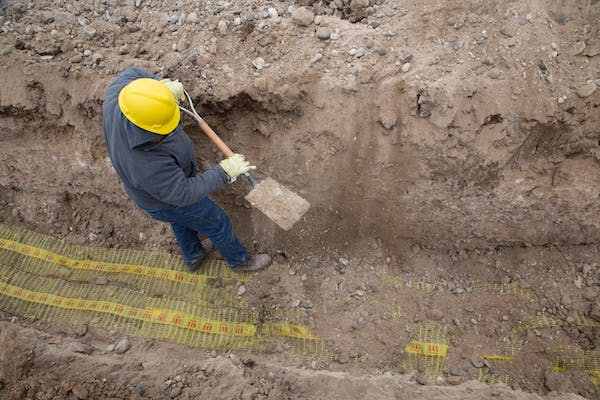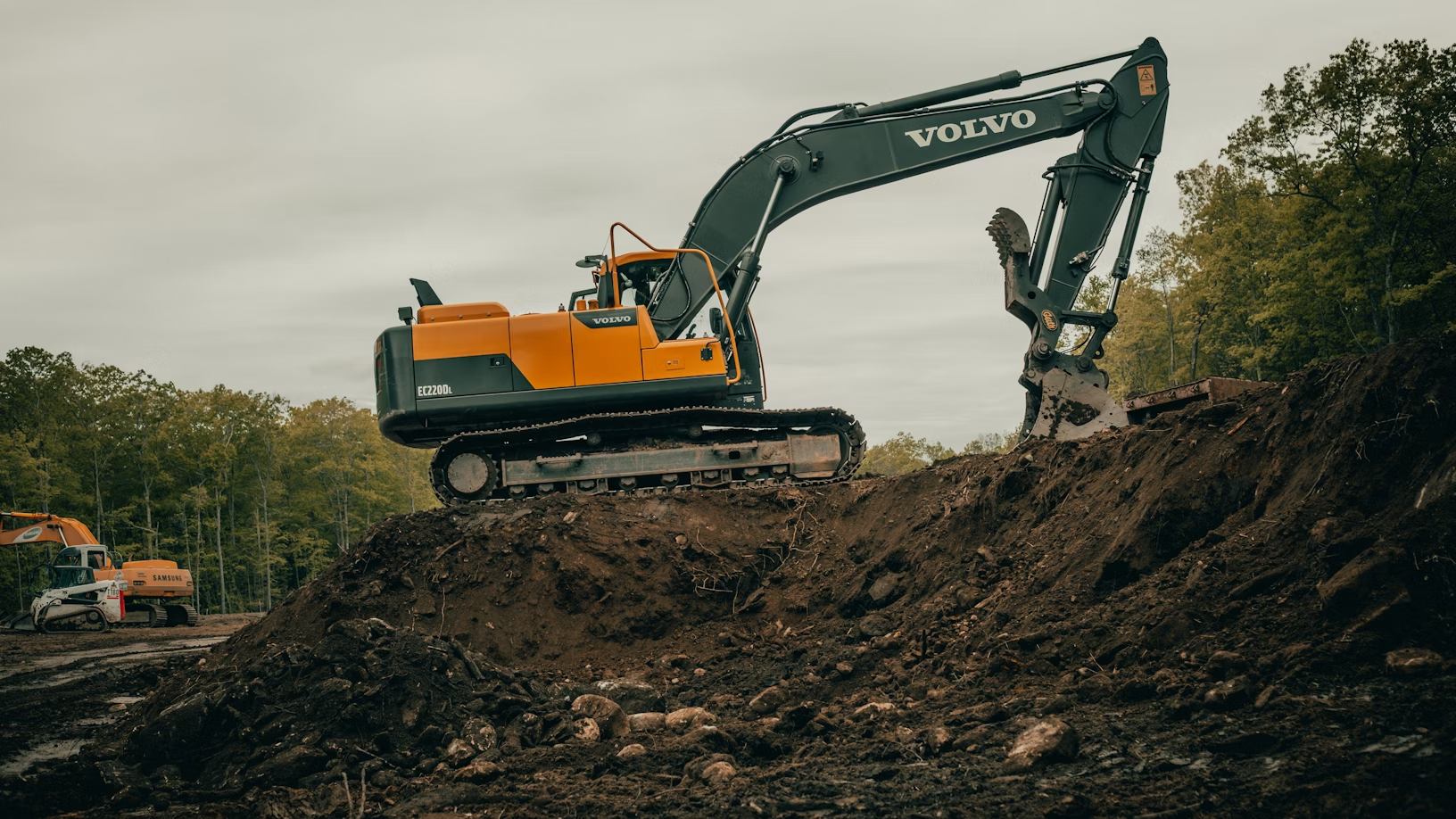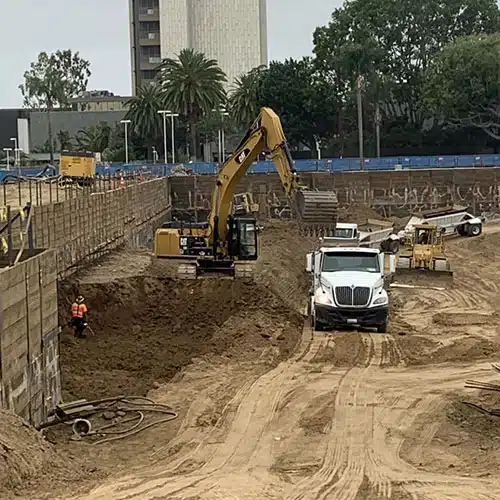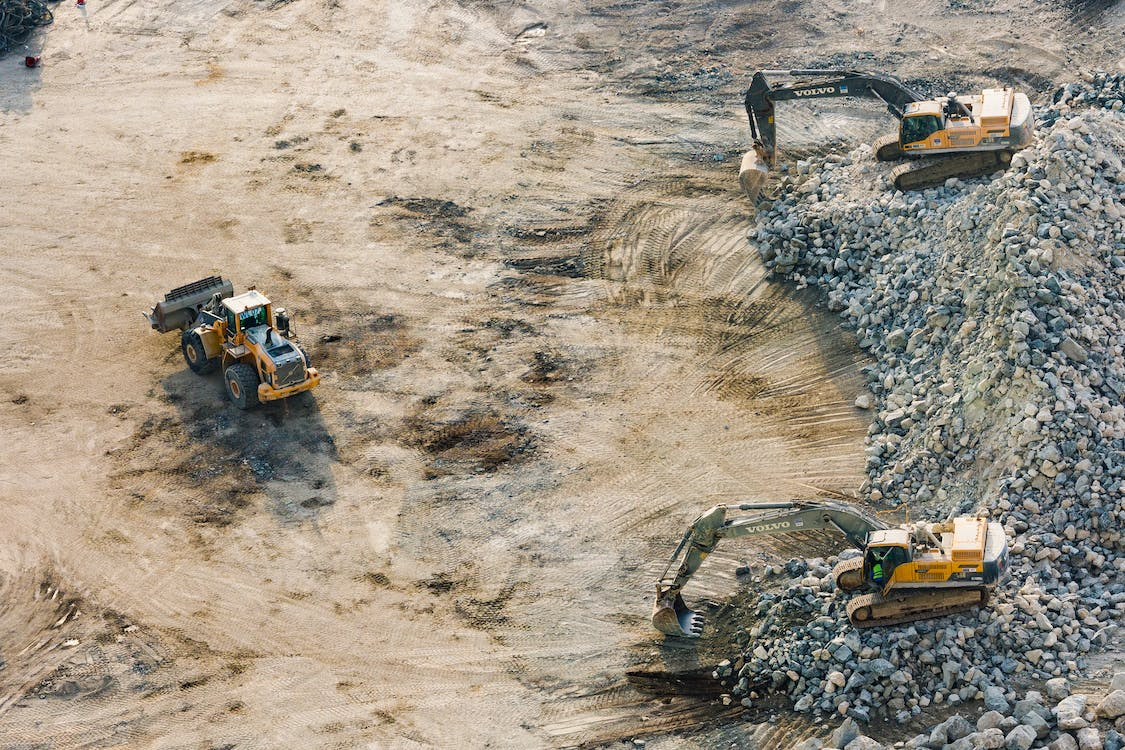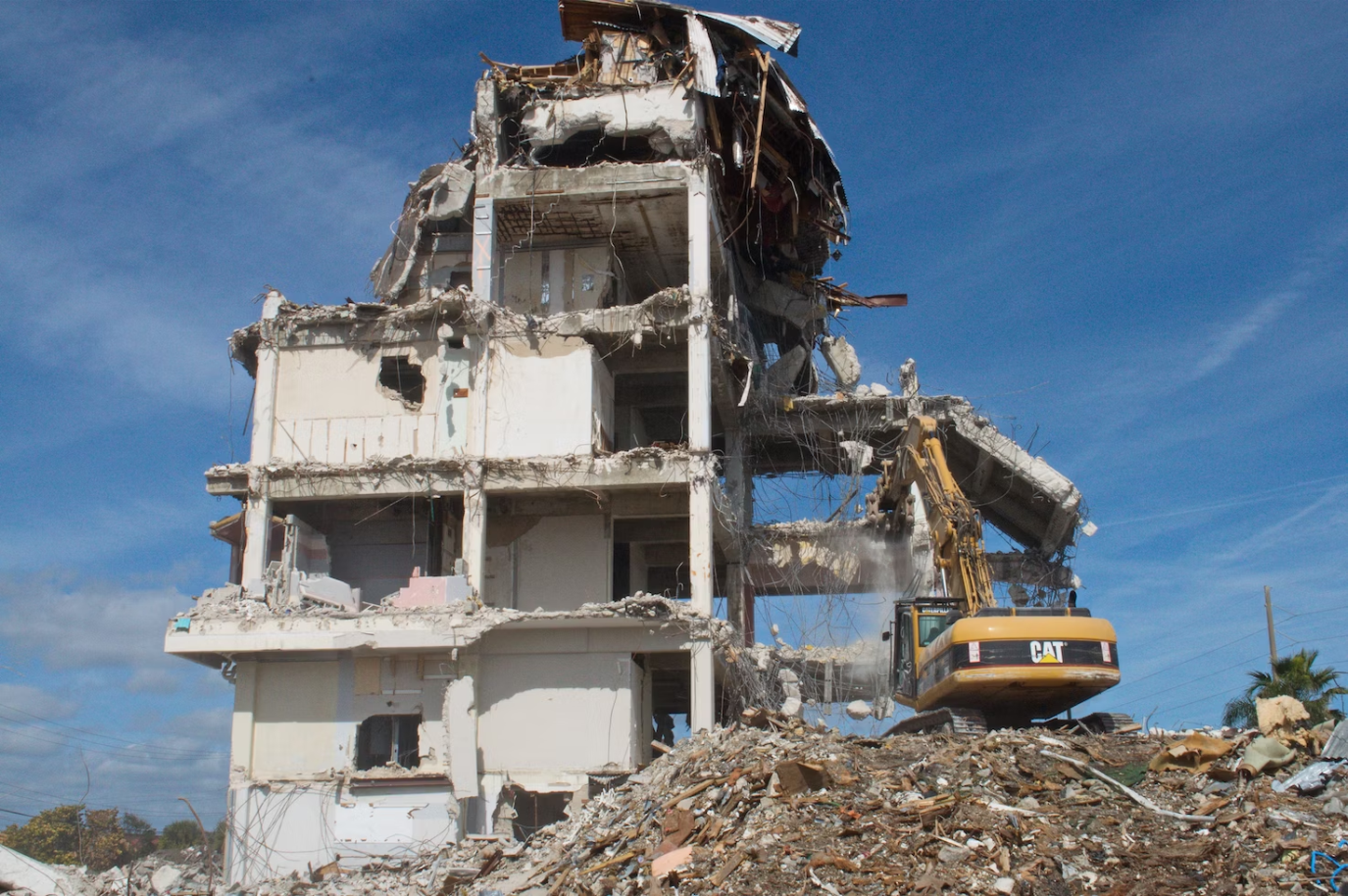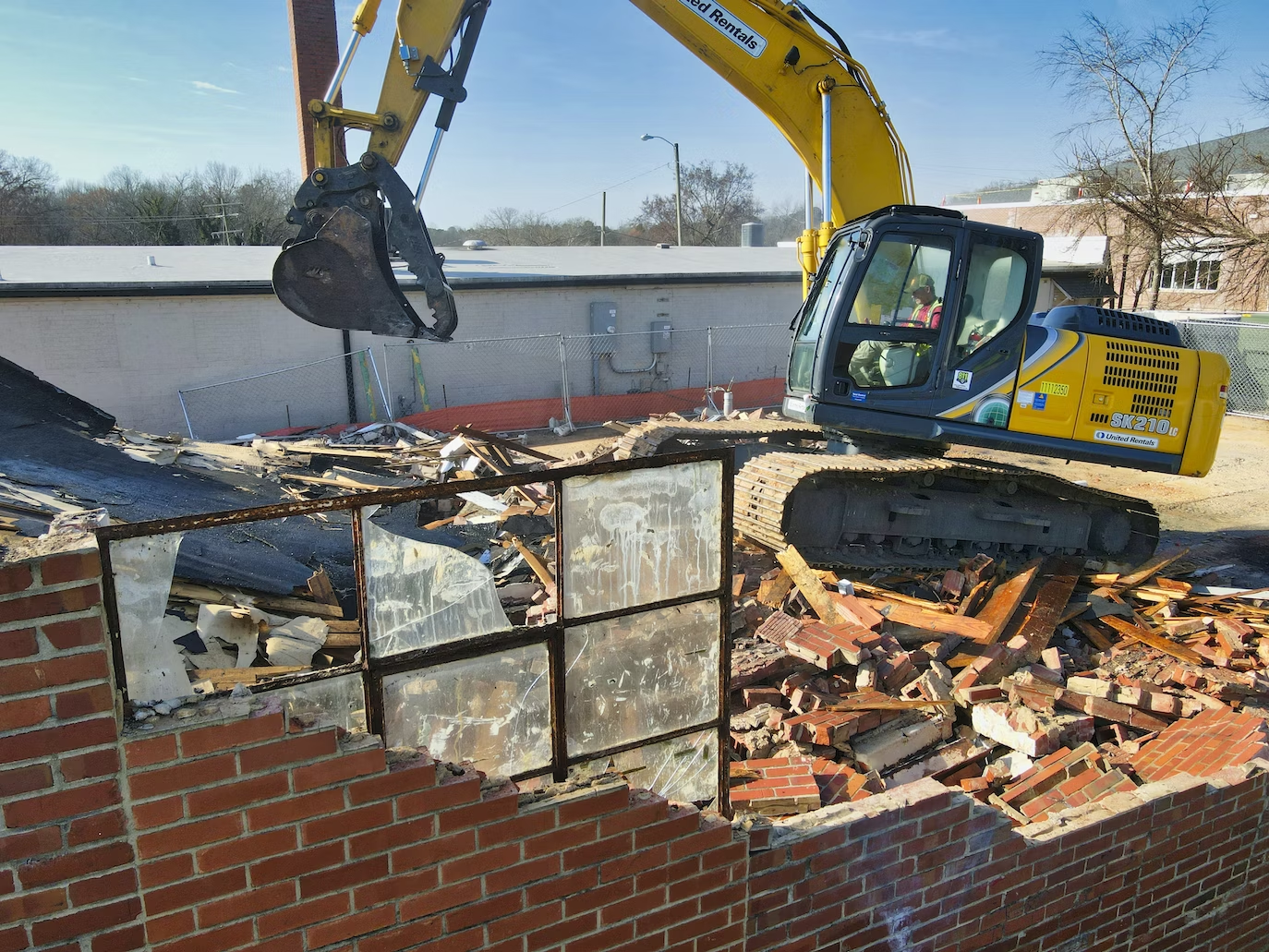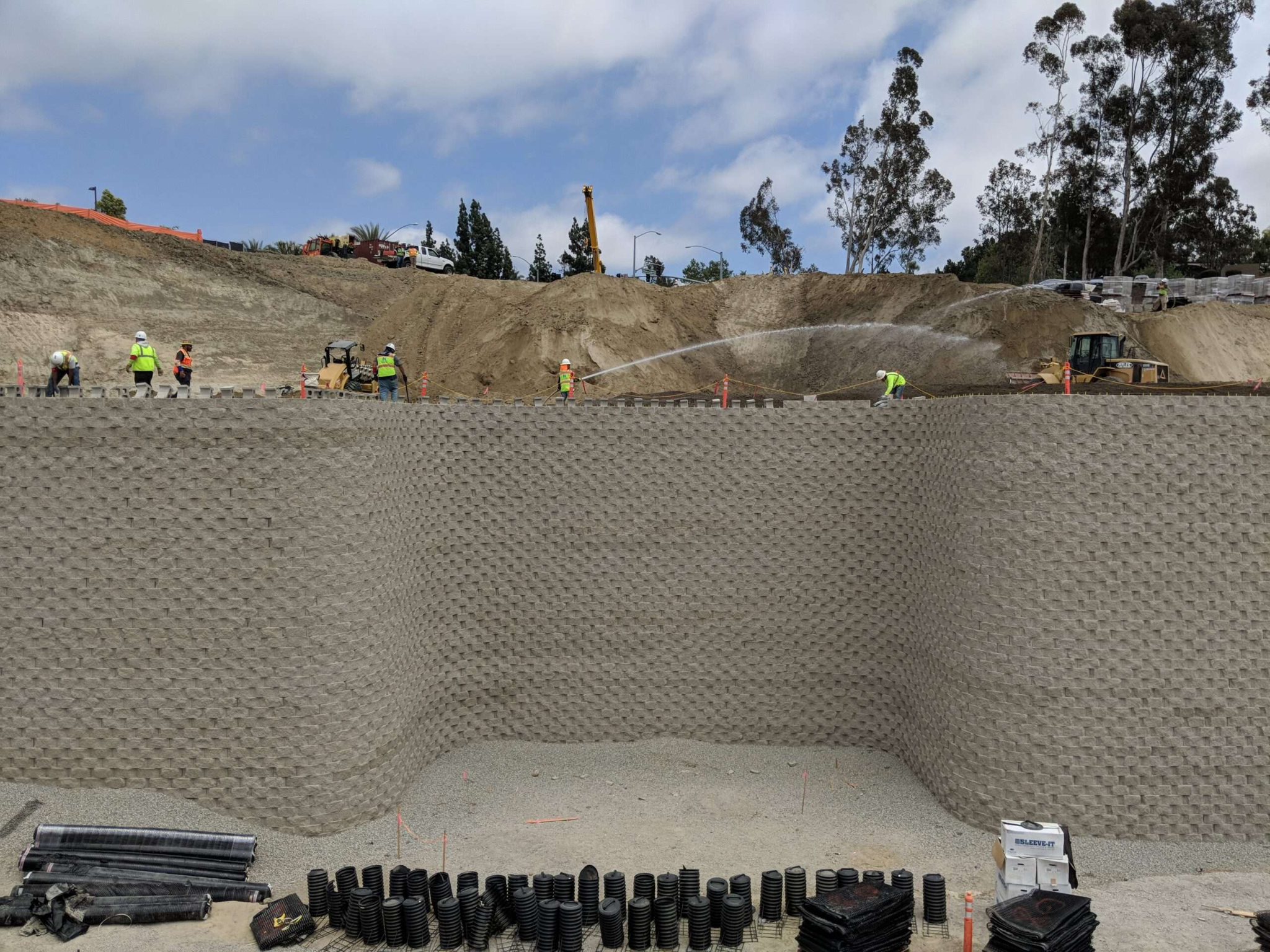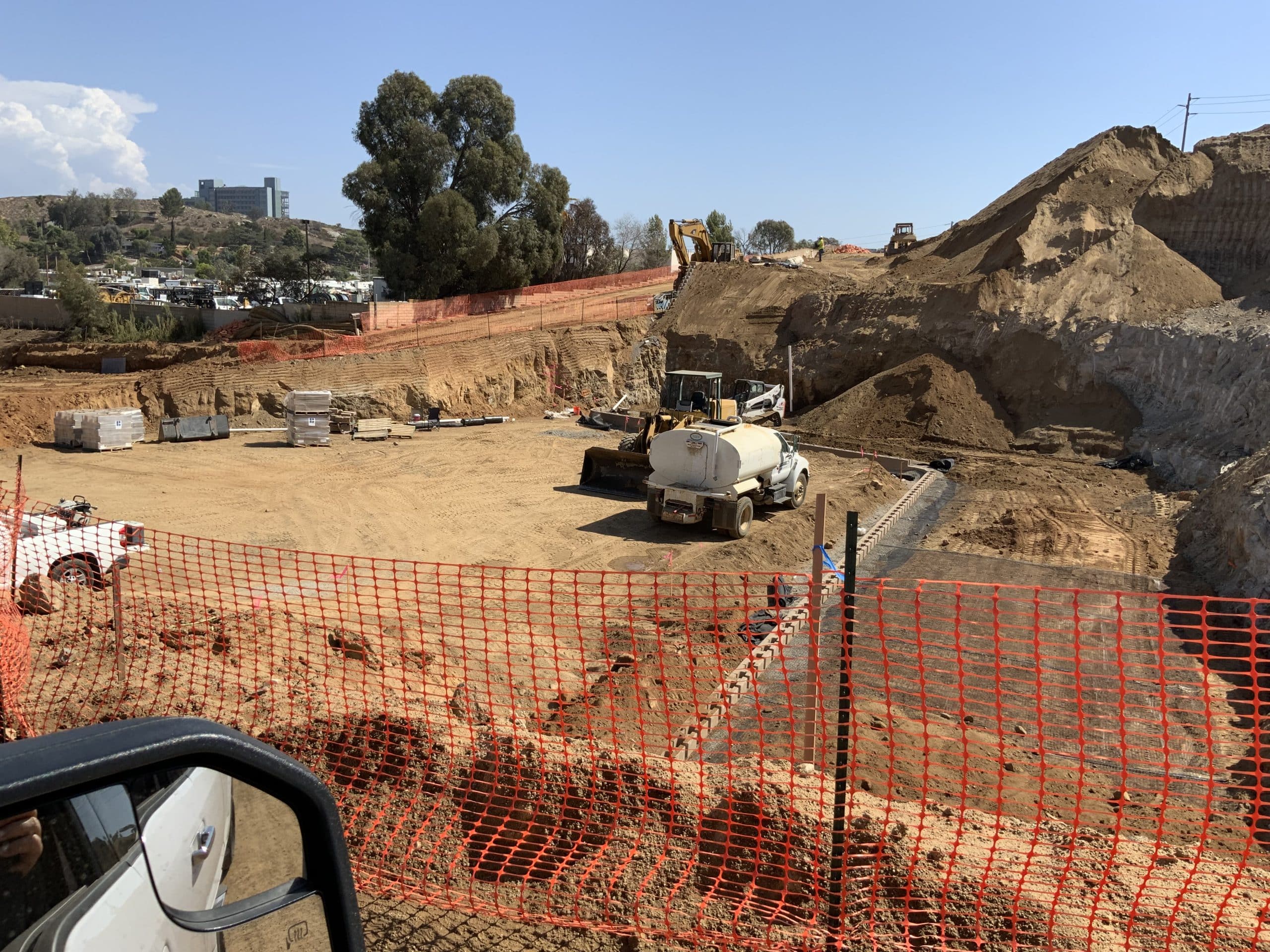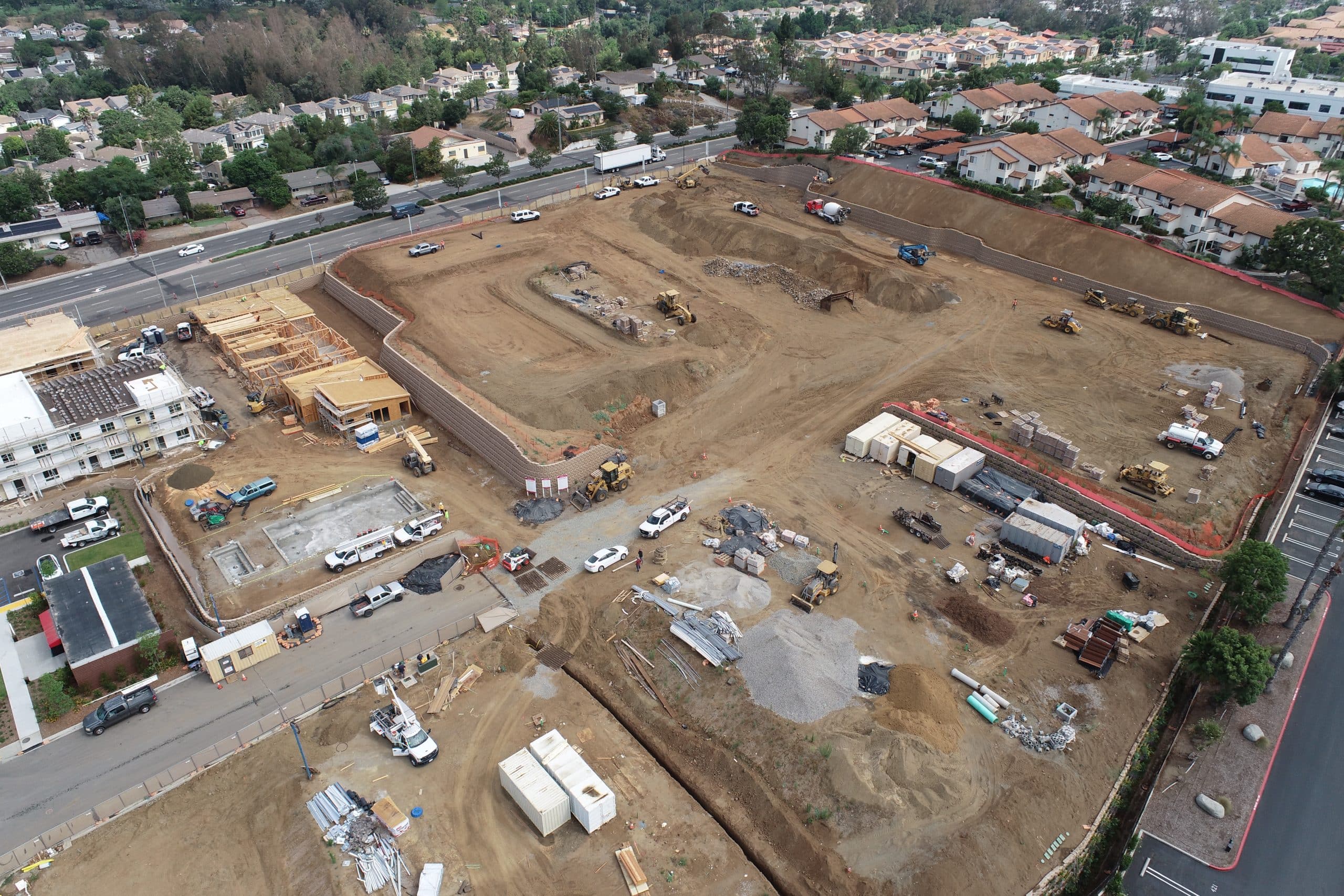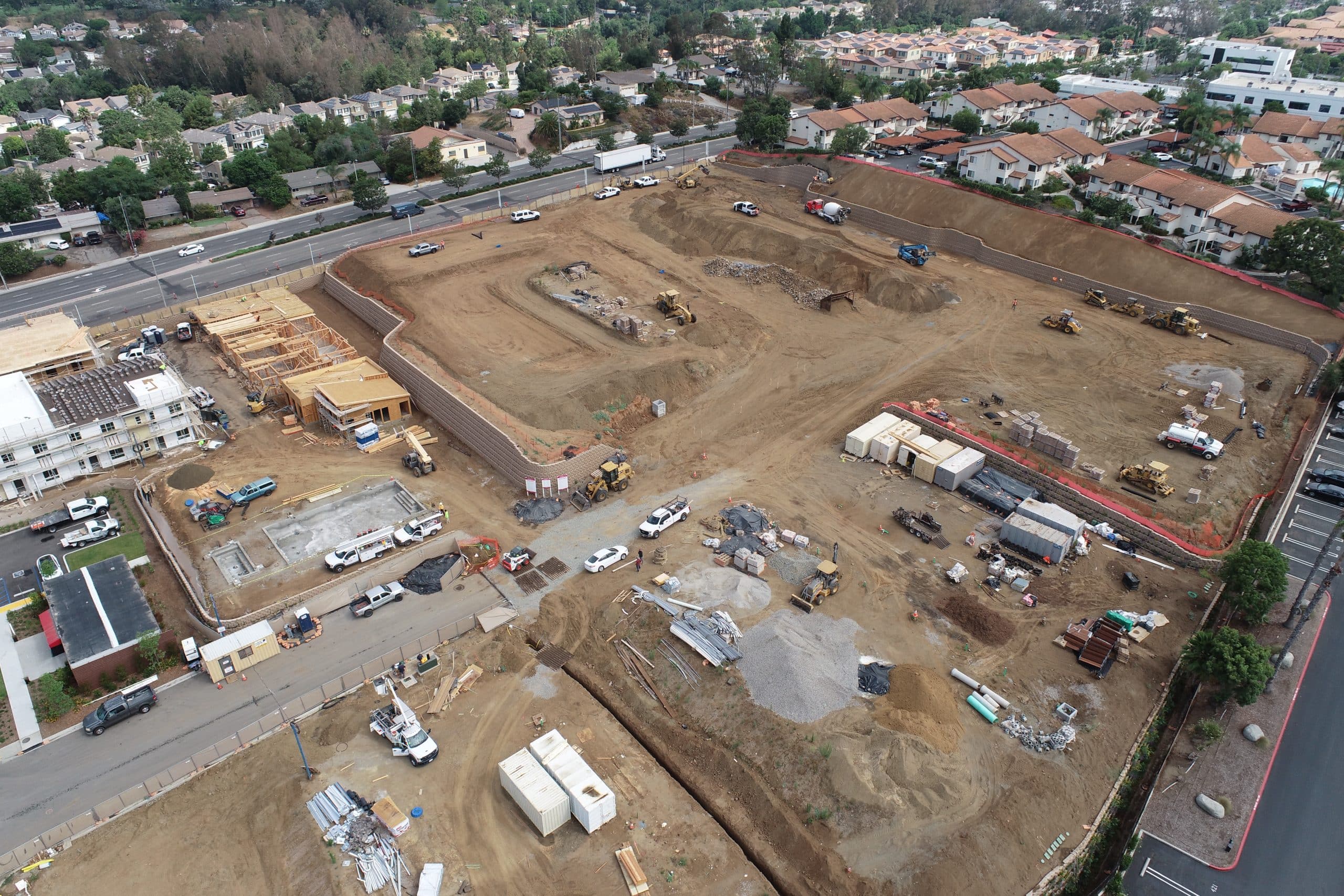Water management is a critical aspect of any construction project, playing a pivotal role in ensuring the stability and longevity of structures. One often overlooked but essential component of water management is the V-Ditch.
Here’s a guide to V-Ditches for water management, their significance in construction projects, and how they contribute to efficient water drainage and soil erosion prevention, ultimately facilitating a smoother and more sustainable building process.
Understanding V-Ditches
A V-Ditch, also known as a V-shaped ditch or a drainage ditch, is a simple yet highly effective engineering solution used to manage surface water runoff on construction sites. As the name suggests, these ditches are typically constructed in a V-shape, with sloping sides meeting at a point or a flat bottom. V-Ditches can vary in size and depth depending on the specific requirements of the site and the volume of water expected to be handled.
The Crucial Role of V-Ditches in Water Management
V-Ditches play several crucial roles in water management during construction projects. Here’s more.
Water Drainage
One of the primary functions of V-Ditches is to facilitate the efficient drainage of water away from the construction site. By directing surface runoff towards designated outlets such as retention ponds or stormwater management systems, V-Ditches help prevent water accumulation, which can lead to soil erosion, waterlogging, and potential damage to structures.
Soil Erosion Prevention
V-Ditches act as barriers against soil erosion by intercepting and channeling runoff away from vulnerable areas. Without proper erosion control measures, excess water flow can cause soil displacement, loss of fertile topsoil, and destabilization of slopes, all of which can compromise the integrity of construction projects and harm the surrounding environment.
Sediment Control
In addition to managing water flow, V-Ditches also serve as sediment traps, capturing suspended particles and debris carried by runoff. This helps prevent sedimentation in downstream water bodies, maintaining water quality and minimizing the need for costly dredging or cleanup efforts.
Design Considerations for V-Ditches
Designing effective V-Ditches requires careful consideration of various factors, discussed below.
- Topography: The layout and contours of the construction site influence the placement and alignment of V-Ditches to ensure optimal water flow and drainage.
- Hydraulic Calculations: Engineers must calculate the anticipated water flow rates and volumes to determine the appropriate dimensions and capacity of V-Ditches for efficient water management.
- Erosion Control Measures:Incorporating erosion control techniques such as vegetative stabilization, geotextiles, or rock lining can enhance the effectiveness of V-Ditches in preventing soil erosion.
- Maintenance Accessibility:V-Ditches should be designed with easy access for maintenance activities such as debris removal, sediment dredging, and vegetation management to ensure long-term functionality.
Enhance your landscape with Mountain Movers Engineering Co. in California. Our expertise includes V ditches for water management, screen wall installation, retaining wall construction, slope restoration designs, and more. Whether it’s for your commercial or residential space, trust us to provide all earthwork services with precision and professionalism.
Contact us today to elevate your project to new heights with V-ditches for water management.



